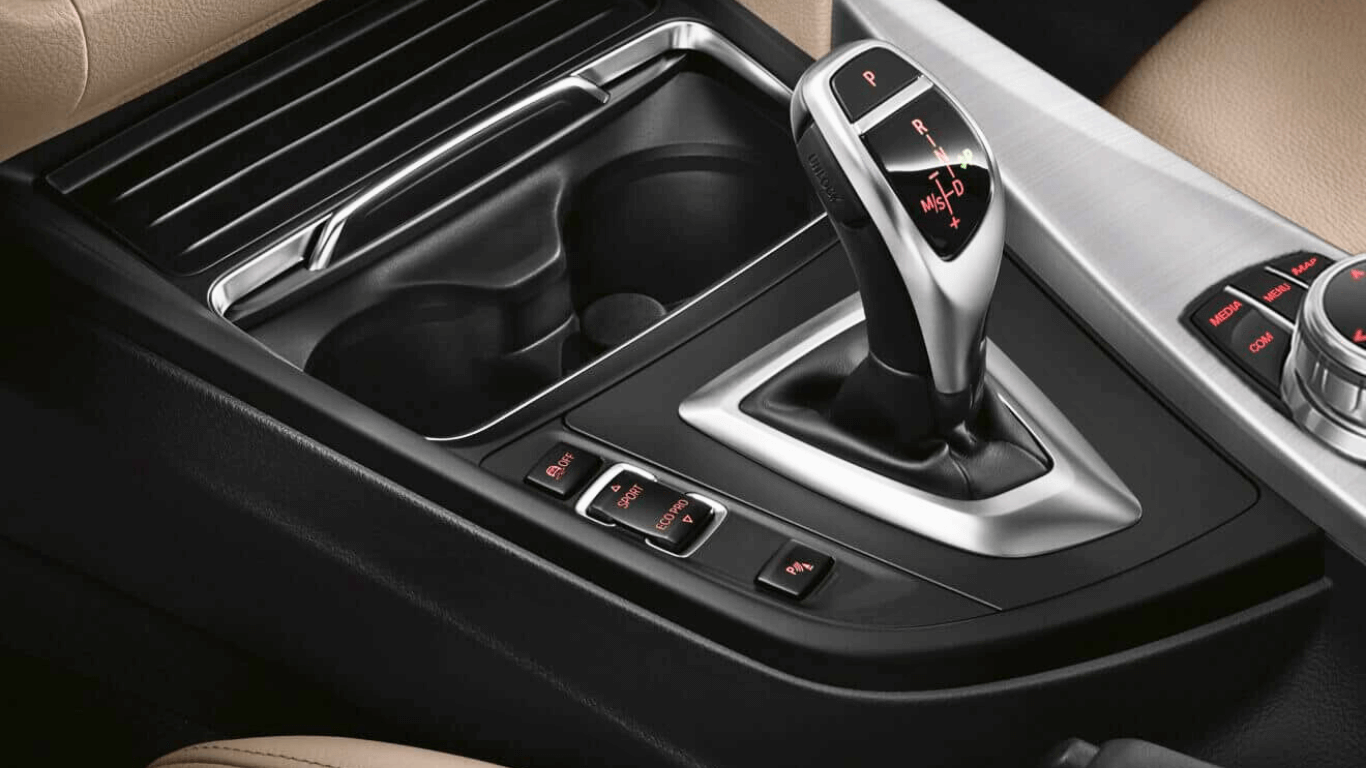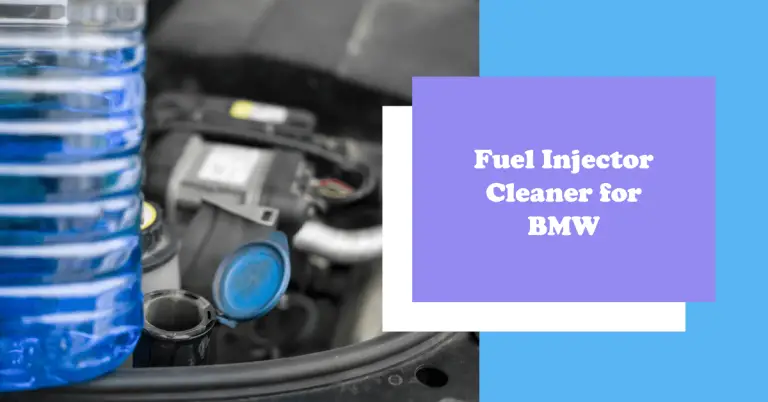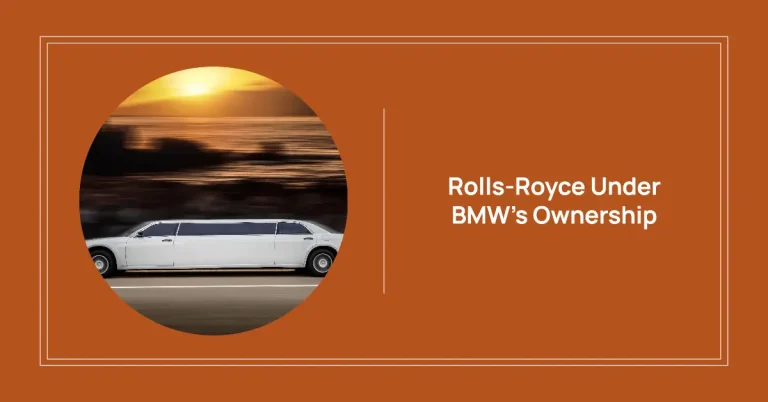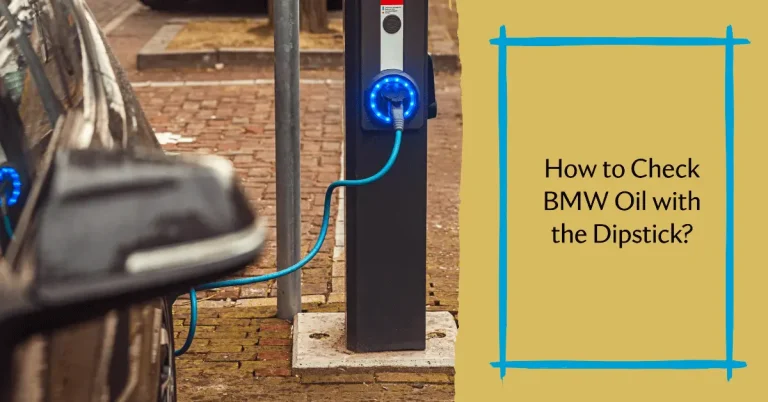A Complete Guide to BMW’s Steptronic Automatic Transmission
Automatic transmissions have come a long way from the days of slow, clunky gear changes. BMW’s Steptronic transmission is one of the most technologically advanced and driver-focused automatics available today. But what exactly is Steptronic and what makes it different from a traditional automatic or manual gearbox? This comprehensive guide will cover everything you need to know about BMW’s signature automatic shifting system.
We’ll start with an overview of how Steptronic works, then explore its advantages over manual and torque converter automatics, discuss BMW models featuring the transmission, and wrap up with proper maintenance tips to keep your Steptronic smooth and responsive for years to come. After reading this detailed 3,000+ word guide, you’ll be a Steptronic expert!
What is BMW Steptronic Transmission?
The BMW Steptronic automatic transmission is an automated manual transmission that offers the best of both worlds – the control of a manual with the ease of an automatic.
Here’s an overview of how it works:
- It uses a series of hydraulic actuators and electronic sensors to control clutch and gear shifts instead of a traditional torque converter like a normal slushbox automatic.
- The driver can let the transmission shift automatically like a regular auto, or take control via paddle shifters or the gear selector.
- It has preset shift programs tailored for fuel efficiency, performance driving, and different road conditions. The transmission ECU “learns” your driving style and adapts the program.
- The shifts are actuated by a management system that uses hydraulic fluid pressure to engage and disengage the clutch and move the gear selector forks into place.
So in essence, Steptronic gives you the direct shifting control of a manual transmission with the convenience of automated shifting. This allows for sportier, yet smoother shifting compared to a traditional automatic. Next let’s look closer at the advantages this offers.
Advantages of Steptronic Transmission
BMW’s Steptronic transmission has several key benefits that have made it a favorite among BMW drivers and a common choice on higher trim models:
Faster, Smoother Shifts
The precision of the electronic sensors allows for much faster shifts than humanly possible with a manual gearbox. Going from gear to gear takes just milliseconds and happens almost imperceptibly.
The shifts are also extremely smooth due to precise control over the clutch engagement. There’s no lag or jerkiness when accelerating across the rev range like many older automatics exhibit.
Improved Fuel Efficiency
Because there is no inefficient torque converter constantly slipping to keep the engine moving like a normal automatic, Steptronic transmissions achieve better fuel mileage. The electronically controlled shifts also help optimize for efficiency.
In fact, the 8-speed Steptronic found in many newer BMW models is one of the most fuel efficient conventional automatic transmissions available today.
Enhanced Driving Dynamics
The Steptronic transmission was designed with BMW’s signature driving dynamics in mind. The fast shifts enhance acceleration and overall performance.
Having control over each gear allows drivers to better use the optimal gear for cornering, hills, and overtaking maneuvers. Paddle shifters make it easy to downshift heading into a turn for engine braking then upshift exiting the corner.
In Sport mode, Steptronic will hold lower gears longer and downshift readily under braking, blipping the throttle like a racecar. This sporty shifting behavior makes Steptronic a favorite among driving enthusiasts.
Manual Control When You Want It
While Steptronic shifts smoothly on its own in Drive, its manual mode lets you take control with either the gear selector or steering wheel mounted paddle shifters.
Manual mode gives the visceral feeling of telling the car when to shift while avoiding the hassle of operating a clutch pedal in traffic. It offers the best of both worlds.
Paddle shifters make shifting easy in the heat of driving without taking your hands off the wheel. You get the direct involvement of specifying each gear change as you accelerate, pass, approach turns, and engine brake.
Models Equipped with Steptronic Transmission
Given its performance benefits, BMW equips many of its sportier, higher-end models with the Steptronic transmission:
- 3 Series: Featured on turbocharged 335i trims and M3 models along with the 330i ZHP performance package since the E46 generation. Eight-speed Steptronic is currently standard on 340i and M340i.
- 5 Series: Eight-speed Steptronic is standard on 540i, M550i, and available on 530i. Came standard on 550i, M5, and performance packages of earlier generations.
- 6 Series: Standard on current 650i xDrive Coupe and 640i xDrive Gran Coupe. Previous V8-powered 650i and M6 models also had Steptronic gearboxes.
- 7 Series: Currently equipped on 740i, 750i, M760i xDrive, and Alpina B7. Historically included on V8 powered 740i, 750i, and 760i models.
- Z4: Steptronic introduced on the E85 Z4 3.0i and continues on current models like the Z4 M40i.
- SUVs: Available if not standard on performance versions of BMW SUVs including the X3 M40i, X5 M50i, and X6 M. Featured on the previous generation X5 4.8is and X6 M.
Beyond these, BMW has also offered Steptronic transmissions on M models and performance trims of other series over the years. It is typically included in tandem with more powerful engines where the performance benefits can be fully realized.
Steptronic Transmission Maintenance Tips
Like any complex transmission, proper maintenance is key to keeping your BMW’s Steptronic gearbox running smoothly for a long time:
Fluid Changes
Transmission fluid breaks down over time from heat and friction, leading to degraded performance and accelerated wear. BMW recommends fluid and filter changes every 60k miles or 4 years under normal driving conditions. More frequent changes are a good idea if you drive aggressively. Use only the recommended BMW synthetic fluid.
Look for Leaks
The hydraulic system relies on meticulous fluid pressure control to shift gears. Watch underneath your BMW for red fluid leaks indicating a potential line, gasket, or seal issue. Have any leaks addressed immediately before running the transmission low on fluid causes permanent damage.
Install an Additional Transmission Cooler
If you plan to tow heavy loads or track your BMW, consider adding an external transmission cooler. The extra cooling capacity will greatly aid the longevity of your Steptronic transmission under demanding conditions.
Address Unusual Behavior Immediately
Listen and feel for any odd shifts, gears slipping, fluctuations in RPMs, or warning lights indicating potential transmission problems. Strange behavior in a Steptronic unit can signal electronic sensor issues or low fluid levels that will only deteriorate further if left alone. Get codes scanned and have a diagnostic done promptly to avoid big repairs down the road.
Conclusion
BMW’s Steptronic transmission brings together the engaging feel of a manual with the ease of an automatic gearbox. Understanding how this innovative transmission works and prioritizing proper maintenance will ensure it provides maximum performance and longevity in your BMW. For drivers seeking more control over gear changes coupled with buttery smooth automated shifting, Steptronic is the best of both worlds.







